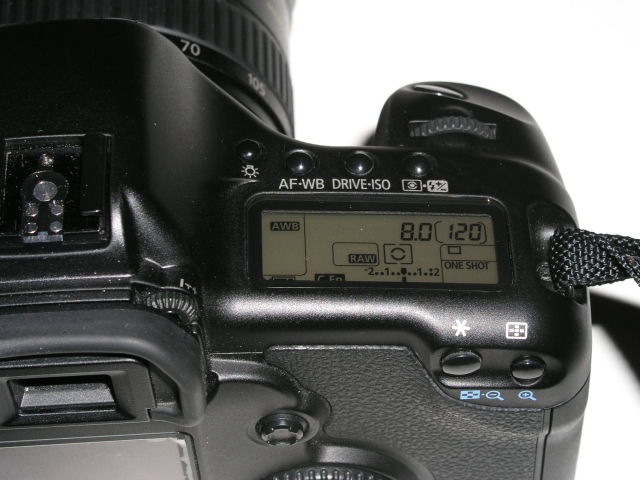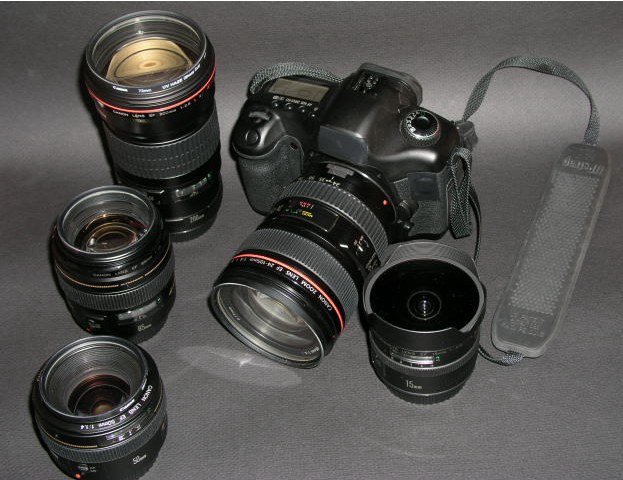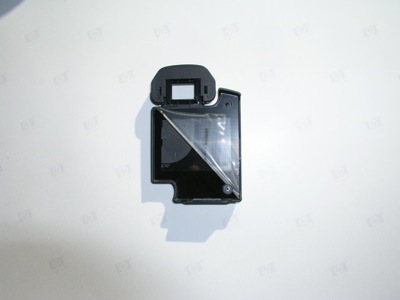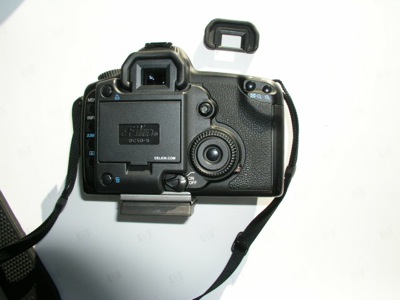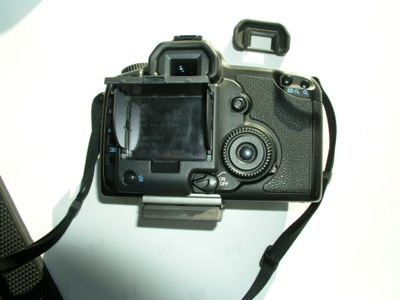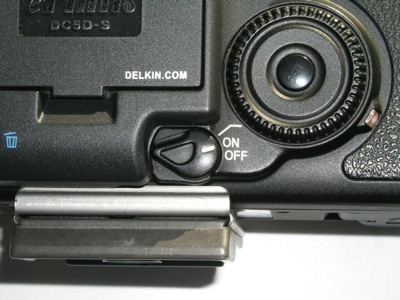Guess from where!
A wireless remote shutter release is a handy thing to have. I use one with an ancient Olympus 5050 for the Christmas family snap. That Olympus has more shutter delay than you want to know about, so it’s an exercise in frustration. Further, I would guess the much used Oly’s years are numbered (the plastic focus and zoom racks are the first to go in these P&S digitals) and whenever I want to include myself in a landscape picture it means resorting to the delayed action on the 5D (hell to find with all those buttons) and run for it to try and get my Olympian physique placed just so in the frame.
I ruminated about a Canon 5D remote but once I saw the price ….

And that one is wired! OK, so it has a timer and will probably make your breakfast, but at that price I’ll eat at MacDonald’s, thanks. I seem to remember they listed a wireless version for some $500 and if you read on you will cease wondering why it’s no longer available.
I remember thinking about the interminable delay of the Olympus when taking this year’s family snap (it’s been bugging me for years), and checked ePrey shortly after. Well for $10.99 and $11.99 shipping from Hong Kong I decided the risk was acceptable and as I have had nothing but success with the incredible studio flash remote I bought a while back, so I pressed the ‘Buy It Now’ button and forgot about the whole thing.
Well, it arrived today and I must say the gadget is totally awesome! It’s radio frequency, not line of sight, which translates to tremendous, non-directional range. And if interference is an issue (your brand new BMW starts itself and goes off the road, say) you have sixteen radio channels (16!) to choose from.
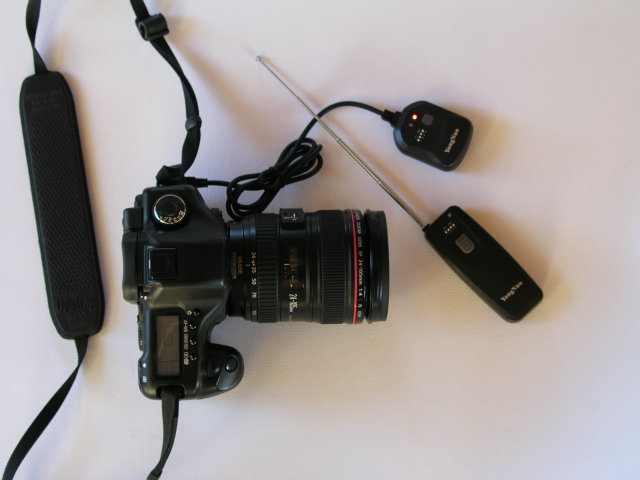
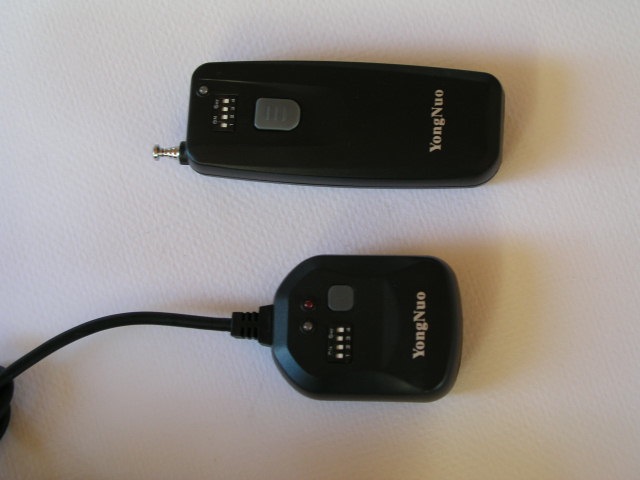
A CR-2 Lithium battery (provided) goes in the remote and the camera-end receiver comes with a 23A battery installed.
With the antenna extended the range is quoted at 320 feet! I gave up at 105 feet which is the length of my hallway (it’s raining outside so a longer distance was … out of range). With the antenna retracted, which makes the transmitter easily pocketable, I got 75 feet.
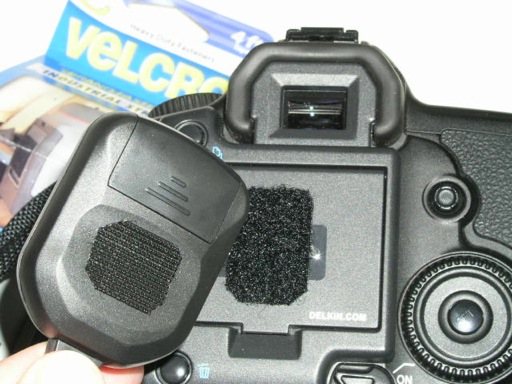
A couple of small pieces of Velcro keep the receiver attached to the LCD shade on the back of the 5D.
So if you need a wireless remote for your DSLR because you want to avoid shutter lag or you don’t want to risk a coronary while running into your landscape snap, blow $22.98 on one of these. I have not checked but I would bet that this device is made for most DSLRs out there. Heck, the DSLRs are made in China anyway, no? The picture on the box shows the receiver attached to a Nikon D200 and, if it helps, the inventory check-off tab on the box provides options for five different connectors, though I must disappoint you by disclosing that my Chinese is not up to snuff to make sense of these.
When you press the button on the transmitter, the first pressure gets you a green LED on the transmitter. That means the transmitter and its battery are working. This changes to red to on further pressure to indicate activation but be warned that it changes to red whether you are in range or not. To make the camera end functional, you do have to press the button on the receiver, one of whose LEDs will glow red when you do that. Fear not. The instructions state that the stand-by life of the receiver’s battery is 1,000 hours if you forget to switch it off. Based on my experience with the strobe remote, I tend to believe what they write. Further pressure on the transmitter button will make the second LED on the receiver glow red, indicating it has received the signal to fire the shutter.
Further, by pressing the button on the transmitter for 3 seconds with the camera set to bulb, the camera’s shutter will open and remain open until you press the transmitter’s button again. Use mirror lock-up and we are talking minimal vibration here.
There’s more. Set your camera for continuous shooting, hold the transmitter button for 3 seconds and the 5D (or whatever) will bang away until you press the transmitter button again. Maybe there is an option for making your breakfast after all?
It’s OK, you are not taking a job from an American by buying Chinese – the American can (and does) make more on unemployment.
And yes, every time you try to open that wretched rubber flap on the 5D you will wonder how long it will take Messrs. Canon to Fix That Flap.
One final thought and a word of advice from the instruction sheet, and I quote: “When monitor light glitters, the battery will be vanished, change new battery”. You have been warned.
